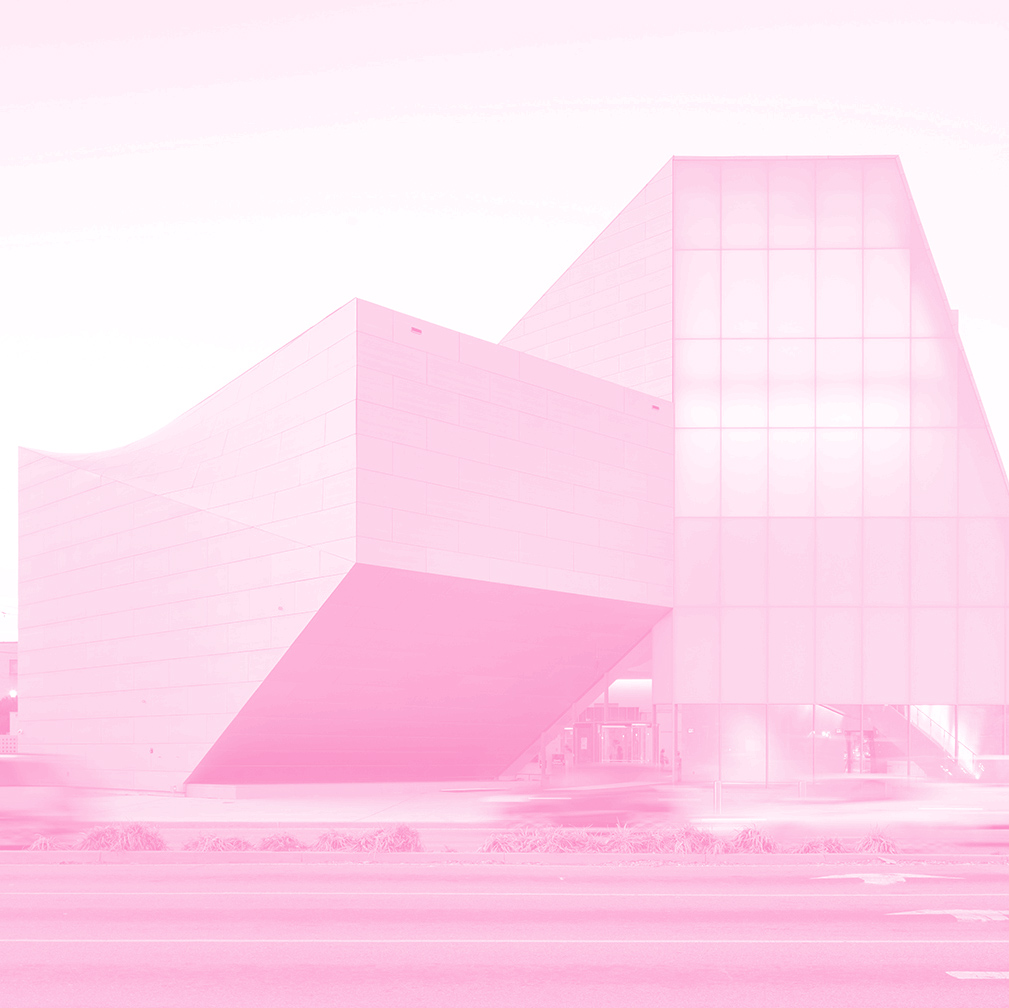Installation view, We Have Agency XI, detail, Institute for Contemporary Art, Richmond, Virginia, 2018. Photo: Terry Brown


Installation view, We Have Agency XI, detail, Institute for Contemporary Art, Richmond, Virginia, 2018. Photo: Terry Brown


Installation view, We Have Agency XI, detail, Institute for Contemporary Art, Richmond, Virginia, 2018. Photo: Terry Brown


Installation view, We Have Agency XI, detail, Institute for Contemporary Art, Richmond, Virginia, 2018. Photo: Terry Brown


Installation view, We Have Agency XI, detail, Institute for Contemporary Art, Richmond, Virginia, 2018. Photo: Terry Brown


Installation view, We Have Agency XI, detail, Institute for Contemporary Art, Richmond, Virginia, 2018. Photo: Terry Brown


Installation view, We Have Agency XI, detail, Institute for Contemporary Art, Richmond, Virginia, 2018. Photo: Terry Brown


Cannupa Hanska Luger
WE HAVE AGENCY XI
Cannupa Hanska Luger describes the diving figure on view as a “monster slayer.” We encounter her at a transformative moment, as she prepares to cut herself free from bonds—note the knife behind the head. Although connected to myths of many cultures and contemporary sources like comics and superhero films, the work also is grounded in Luger’s identity as a Native American. For him, We Have Agency XI, centers on confronting specific “monsters,” including extractive industry. In his art and activism Luger is committed to “re-indigenizing,” which he describes as a process of restoring balance to the world by reconnecting people to the land and to each other.
ON VIEW
We Have Agency XI, 2018. Ceramic, steel, rope, and wool. Courtesy of the artist
LOCATION
Gallery 1 – Beverly Reynolds Gallery
“All cultures have myths and tales that describe our lives being abused by monsters. These monsters are out of step with the natural order and everyday heroes rise from the torment to defeat them. Monster Slayers found in every culture set out and sacrifice their lives for continued human existence and creation. Today, we are once again plagued by monsters in the form of industry, capitalism, colonialism, and patriarchy. It is time for each of us to be aware of what we can do in the place that we stand, to tell these stories.” —Cannupa Hanska Luger
WHAT MOTIVATES YOU AS AN ARTIST?
My practice addresses the effects of resource extraction, imposed borders, continued Indigenous genocide, and our general separation from the land as human beings. All humans have myths and tales that describe our lives being abused by monsters. These monsters are out of step with the natural order and everyday heroes rise from the torment to defeat them. Monster Slayers found in every culture set out and sacrifice their life for continued human existence and creation. Today, we are once again plagued by monsters in the form of industry, capitalism, colonialism, and patriarchy. It is time for each of us to be aware of what we can do in the place that we stand, to tell these stories. The natural cycles of life continue to be disrupted by industry. The nations of all living things, including the land and water, are being destroyed in the pursuit of resource, wealth, and power. I use my artistic practice to convey the nature of these current monsters and record the stories of our land and water defenders, our everyday heroes, our
Monster Slayers.
WHAT DOES THE WORD “DECLARATION” MEAN TO YOU?
The word declaration is a reminder to acknowledge that over the past 500 years the Indigenous populations of America have been subject to human and environmental atrocities, yet we remain. In this context, our very existence declares that our cultures are thriving, resilient, and continue to empower our personal and national identities. Declaration is an amplification of personal thought into a public space. It is a point for expressing one’s intention to the universe, and this practice is closely tied to the Indigenous concept of prayer.
The root of Indigenous prayer is to set an intention, to state a declaration. We Have Agency sets a declaration that we are able to break free from our perceived dependency on the extractive industry if we are not afraid to sever the bonds. “You may fall, but you will be free.”
DO YOU BELIEVE ART HAS SOCIALLY TRANSFORMATIVE POWER?
Yes. As an artist and member of the Mandan, Hidatsa, Arikara Nation who was born on the Standing Rock reservation in North Dakota, I facilitated multiple layers of activation through public engagement art and collaborative media works during the Standing Rock movement in 2016. During that time I saw first hand the socially transformative power of art and its crucial role in pushing radical ideas, solidarity and resistance movements forward. An artmakers space is often one of solitude, and so by doing work that is socially engaged, we as artists are supported to find out whether an idea we have is reinforced or dismantled through participating it within a social sphere. As artmakers we have incredible privilege, and by using our work as a social action, it brings an opportunity to pay this privilege forward, activating the socially transformative power of art.
Born 1979, North Dakota; Lives in Santa Fe, New Mexico
Member of Mandan, Hidatsa, Arikara Nation
Cannupa Hanska Luger is an interdisciplinary artist who produces work that communicates stories of complex Indigenous identities coming up against 21st century challenges. Born on the Standing Rock Reservation, Luger is of Mandan, Hidatsa, Arikara, Lakota, Austrian and Norwegian descent. Using ceramics, fiber, steel, cut-paper, video, sound, performance, monumental sculpture, land art installation, and social collaboration, Luger tells stories and provokes diverse publics to engage with Indigenous peoples and values apart from the lens of colonial social structuring.
Hanska Luger received his BFA in Studio Ceramics from The Institute of American Indian Arts in Santa Fe, New Mexico. Select solo exhibitions: The Harwood Museum of Art in Taos, New Mexico (2017); The Center for Contemporary Arts in Santa Fe, New Mexico (2015); Museum of Contemporary Native Art in Santa Fe, New Mexico (2013). Select group exhibitions: Maloof Institute for Arts and Crafts in Cucamonga, California (2017); University of Connecticut in Mansfield, Connecticut (2016); Museum of Northern Arizona in Flagstaff, Arizona (2015); and North American Native Museum in Zürich, Switzerland (2014). Collections include: North America Native Museum, Zürich, Switzerland, The Denver Art Museum Denver, Colorado, Museum of Contemporary Native Arts Santa Fe, New Mexico, Fred Jones Jr. Museum of Art Norman, Oklahoma. Select awards: Native Arts & Cultures Foundation National Artist Fellowship (2016) and NCECA Multicultural Fellowship Award (2015).

 10 AM-5 PM
10 AM-5 PM

 Area Map
Area Map  Parking
Parking